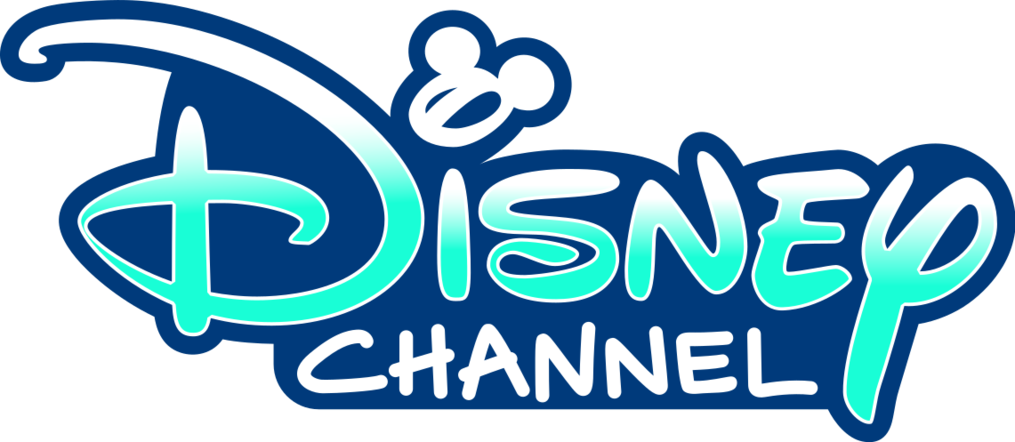
By The Walt Disney Company – Own work, CC BY-SA 4.0, https://commons.wikimedia.org/w/index.php?curid=90577840
For hundreds of years, gender stereotypes and expectations have revealed themselves in all aspects of American society and popular culture. Through music, television, mass consumerism, and the rise of social media the way men and women are represented reflect a white, male-dominated society. However, throughout the 20th and 21st centuries, gendered representations have evolved as different waves of feminism influence American society.
Portrayals of how women and men are ‘supposed’ to act, and look are especially influential to young children and their exposure to media. Media, schools, and other social institutions perpetuate a patriarchal American culture. This is what fueled my interest in looking at television shows throughout a period of 20 years (2000-2020) and how stereotypes on the characterization of female leads have changed. With the third and fourth waves of feminism as well as viral social movements on the media such as #MeToo movement, feminists continue to battle heteronormativity and gender stereotypes. My research aims to see if these evolutions of feminist movements have altered the way females are represented in pre-teen Disney channel shows.
Research Question and Variables
The final research question for my project is, what is the effect of gendered stereotypes on the characterization of female leads in Disney Channel TV shows, 2000-2020?
For the purpose of my study, the independent variable is female stereotypes in the US during each timeframe and the dependent variable will be the changes in the characterization of female leads in the shows.
According to Gina Masequesmay (2009), sexist concepts are often a result of socialization and children’s exposure to different representations of men and women throughout their life. Often socialization in American culture is based on sexist concepts that tell particular narratives about traditional gender roles for males and females.
“Women and men are opposite, with widely different and complementary roles: women are the weaker sex and less capable than men, especially in the realm of logic and rational reasoning. Women are relegated to the domestic realm of nurturance and emotions and, therefore, according to that reasoning, cannot be good leaders in business politics and academia. Although women are seen as naturally fit for domestic work and are superb at being caretakers, their roles are devalued or not valued at all when compared with men’s work,”
Gina Masequesmay 2009
Taking this into account, when I looked at ‘gendered stereotypes’ in my content analysis, I analyzed when girls acted subservient, dependent, attractive, and feminine. Then, for the dependent variable of the characterization of the female leads, I analyzed how these stereotypes are portrayed in the show. This is where I looked at behavior, language, clothing, and interests. Throughout my research, I evaluated changes in the characterization of women over time and how these different stereotypes have been portrayed on Disney Channel shows.
Read about Historical Background